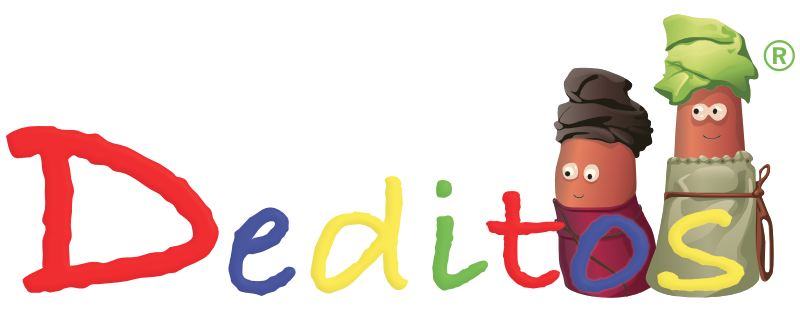“It’s in my language!”
This blog is adapted from an email sent out April 2017
Years ago I remember reading an anecdote from Africa that stuck with me over the years. During a prayer meeting in the installations of a ministry in Ghana, a new believer was asked to pray. He stood up, and with hesitation and timidity, began to pray in Akan, the national language of Ghana:
“God of the heavens, I give you thanks for all the things you have done. But you know that I don’t speak the Akan language very well, and I know that you don’t speak my language. So I will finish my prayer now. Amen.”
The cry of this new believer’s heart is the cry of millions of people around the world: God, I want to know you—but you don’t speak my language!
“It’s in my language!”
At Viña we love to hear back from those who are using the materials we produce. One of the most frequent refrains we hear is some variation of: “It’s in my language!” Over and over again, from people in different countries—it is in our language!
Most of us, take the presence of materials in our language for granted. We have access to more books, movies and music in our language than we could ever hope to have the time to read, watch or listen to. So, “it’s in my language” doesn’t really mean much to us.
But for members of small people groups, that phrase is charged with meaning and emotion.
Language unites us or divides us. Language defines who we are and our place in society.
Living in the highlands of central Mexico are a people with a proud heritage that goes back to the seventh century when their ancestors, the Aztec and Mexica nations, rose to power. By the 11th century, the Nahuatl language became the lingua franca among merchants and elites throughout Mesoamerica. It was so widespread that in 1570, Spain decreed that Nahuatl should become the official language of the colonies of New Spain. Spanish missionaries taught Nahuatl to other indigenous peoples as far south as Honduras and El Salvador.
But in 1696 Spain issued a decree banning the use of any language other than Spanish throughout the Spanish Empire, and in 1770 another decree called for the elimination of the indigenous languages.
Map showing the areas of Mesoamerica where Nahuatl is spoken today (in white) and where it is known to have been spoken historically (grey)
Throughout modern times the situation of indigenous languages grew increasingly precarious, and the numbers of speakers of virtually all indigenous languages dwindled. Indigenous populations became increasingly marginalized in Mexican society. From the early 20th century to at least the mid-1980s, educational policies in Mexico focused on teaching only Spanish and discouraging the use of indigenous languages.
The 1990s saw a reversal of these trends, with legislative reforms promoting and protecting indigenous communities and languages, but Spanish continues to be the language of commerce, government and education.
Believing that they are helping their children, many parents in indigenous communities address their children exclusively in Spanish. Those children grow up hearing and understanding Nahuatl but not speaking it. They can grow up without a clear sense of who they are nor where they fit in the world.
In 2017, Nahuatl translators associated with the National Union of Indigenous Translators, dubbed the first three Deditos videos into their language and promoted it in their region. At first many teachers were skeptical about teaching kids in Nahuatl, but when they showed the Deditos videos, the children surprised everyone by their enthusiastic response! In one area, the children wanted the classes to be held more often. In another, the children kept asking to learn more songs and verses in Nahuatl. In one church, a child even challenged a visiting pastor who came to preach: “Pastor, why don’t you read the Bible in Nahuatl?”
Although the purpose of Deditos is not to revitalize languages, we shouldn’t be surprised that this is one of the results. God formed distinct groups with their own language and culture for the express purpose of drawing humanity to Himself.



